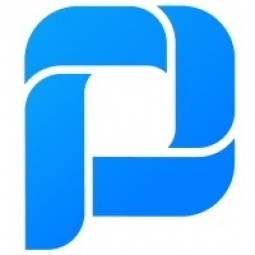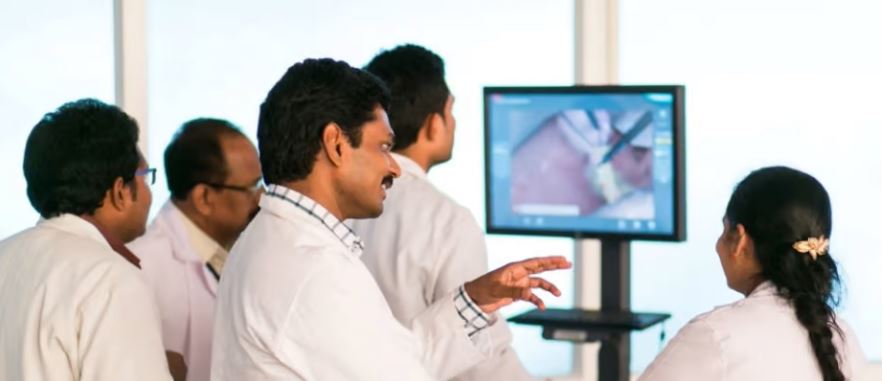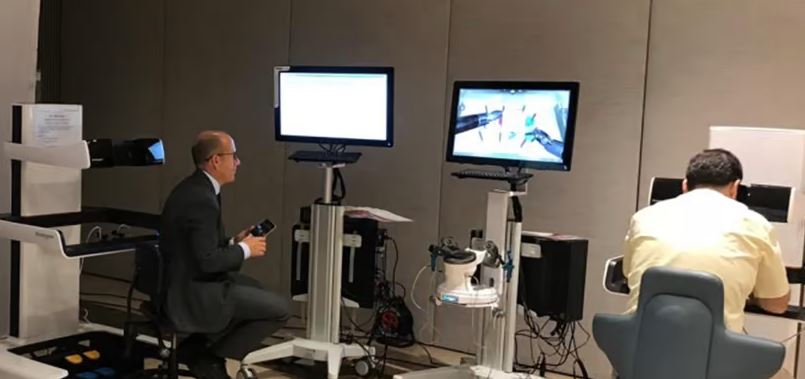CUNY School of Law delivers frictionless admin decision-making after going digital with ProcessMaker

Customer Company Size
Large Corporate
Region
- America
Country
- United States
Product
- ProcessMaker
Tech Stack
- Low-code BPM
- Workflow Software
Implementation Scale
- Enterprise-wide Deployment
Impact Metrics
- Productivity Improvements
- Cost Savings
- Digital Expertise
Technology Category
- Platform as a Service (PaaS) - Application Development Platforms
- Application Infrastructure & Middleware - Data Exchange & Integration
Applicable Industries
- Education
Applicable Functions
- Human Resources
- Business Operation
Use Cases
- Process Control & Optimization
- Predictive Quality Analytics
Services
- System Integration
- Software Design & Engineering Services
About The Customer
CUNY School of Law is part of the larger CUNY (City University of New York) system and is the nation’s #1 public interest law school. Its dual mission to practice law in the service of human needs — and transform the teaching, learning, and practice of law to include those it has excluded, marginalized, and oppressed — makes it a singular institution. As the only publicly funded law school in New York City, CUNY Law increases access to excellent legal training through this mission. The City University of New York is the public university system of New York City. It is the largest urban university system in the United States. CUNY was founded in 1961 and comprises 26 campuses: eleven senior colleges, seven community colleges, one undergraduate honors college, and seven post-graduate institutions. The university enrolls more than 275,000 students and counts 13 Nobel Prize winners and 24 MacArthur Fellows among its alumni.
The Challenge
CUNY School of Law needed to eliminate the manual and paper-intensive tasks that were causing bottlenecks and redundancy in essential decision-making workflows. The school fields administrative requests across a number of offices that are slowed by manual steps — notably in Admissions, Financial Aid, and Human Resources. Staff and students rely on human-driven info entry, manual paperwork, email follow-ups, and physically walking between offices to notify process stakeholders. Without a centralized, transparent way to track and assign responsibility, processes ran densely with obscured bottlenecks and repetitive communications. Ultimately, error-prone inefficiencies absorbed time, money, and hours of labor — running counter to CUNY Law’s pride in delivering exceptional student services.
The Solution
Using ProcessMaker’s workflow solution, CUNY School of Law digitized and automated key operational workflows for more visible, agile student-to-staff and inter-staff interactions — across Human Resources, the Admissions office, and Financial Aid. They adopted the low-code business process management (BPM) and workflow software, which allowed even non-technical CUNY Law staff to easily map out and digitally streamline their existing manual processes. The school used ProcessMaker to create a fully digital admissions application, enabling the process to be fully automated. All admissions follow-ups with students for additional information, verifying accuracy, and any requests for further action can now be done with limited to no human staff intervention. The school is currently working with ProcessMaker to integrate with PayPal and enable a streamlined way for students to deposit for class seat reservations.
Operational Impact
Quantitative Benefit

Case Study missing?
Start adding your own!
Register with your work email and create a new case study profile for your business.
Related Case Studies.

Case Study
Revolutionizing Medical Training in India: GSL Smart Lab and the LAP Mentor
The GSL SMART Lab, a collective effort of the GSL College of Medicine and the GSL College of Nursing and Health Science, was facing a challenge in providing superior training to healthcare professionals. As clinical medicine was becoming more focused on patient safety and quality of care, the need for medical simulation to bridge the educational gap between the classroom and the clinical environment was becoming increasingly apparent. Dr. Sandeep Ganni, the director of the GSL SMART Lab, envisioned a world-class surgical and medical training center where physicians and healthcare professionals could learn skills through simulation training. He was looking for different simulators for different specialties to provide both basic and advanced simulation training. For laparoscopic surgery, he was interested in a high fidelity simulator that could provide basic surgical and suturing skills training for international accreditation as well as specific hands-on training in complex laparoscopic procedures for practicing physicians in India.

Case Study
IoT platform Enables Safety Solutions for U.S. School Districts
Designed to alert drivers when schoolchildren are present, especially in low-visibility conditions, school-zone flasher signals are typically updated manually at each school. The switching is based on the school calendar and manually changed when an unexpected early dismissal occurs, as in the case of a weather-event altering the normal schedule. The process to reprogram the flashers requires a significant effort by school district personnel to implement due to the large number of warning flashers installed across an entire school district.

Case Study
Implementing Robotic Surgery Training Simulator for Enhanced Surgical Proficiency
Fundacio Puigvert, a leading European medical center specializing in Urology, Nephrology, and Andrology, faced a significant challenge in training its surgical residents. The institution recognized the need for a more standardized and comprehensive training curriculum, particularly in the area of robotic surgery. The challenge was underscored by two independent studies showing that less than 5% of residents in Italian and German residency programs could perform major or complex procedures by the end of their residency. The institution sought to establish a virtual reality simulation lab that would include endourological, laparoscopic, and robotic platforms. However, they needed a simulator that could replicate both the hardware and software of the robotic Da Vinci console used in the operating room, without being connected to the actual physical console. They also required a system that could provide both basic and advanced simulation training, and a metrics system to assess the proficiency of the trainees before they performed surgical procedures in the operating theater.

Case Study
Edinburgh Napier University streamlines long-distance learning with Cisco WebEX
• Geographically dispersed campus made in-person meetings costly and inconvenient.• Distance-learning programs in Malaysia, India, and China required dependable, user-friendly online tools to maximize interaction in collaborative workspaces.• Virtual learning environment required a separate sign-in process, resulting in a significant administrative burden for IT staff and limited adoption of collaboration technology.

Case Study
8x increased productivity with VKS
Before VKS, a teacher would spend a lot of time showing a group of 22 students how to build a set of stairs within a semester of 120 hours. Along with not leaving the teacher much time to provide one-on-one support for each student to properly learn carpentry, it also left a considerable amount of room for error. Key information would be misinterpreted or lost as the class was taught in the typical show-and-tell way.

Case Study
Scalable IoT Empowering GreenFlex's Sustainable Growth
GreenFlex, a company that supports sustainable development, decarbonization, and energy efficiency, faced several challenges in its quest to expand its business. The company needed to deploy a robust and sustainable IoT technology to support its growth. It was crucial for them to monitor and control devices at customer sites in a safe and reliable manner. They also needed to integrate devices across a range of communication protocols and gather and act on data to meet efficiency targets. GreenFlex had previously built IoT capabilities into its digital platform, GreenFlexIQ, to monitor and manage customer sites remotely. However, they soon realized that they needed a new platform to support their ambitions. They needed a platform that could scale to connect more devices for production management and make it easier for the operations team to manage devices in the field.






